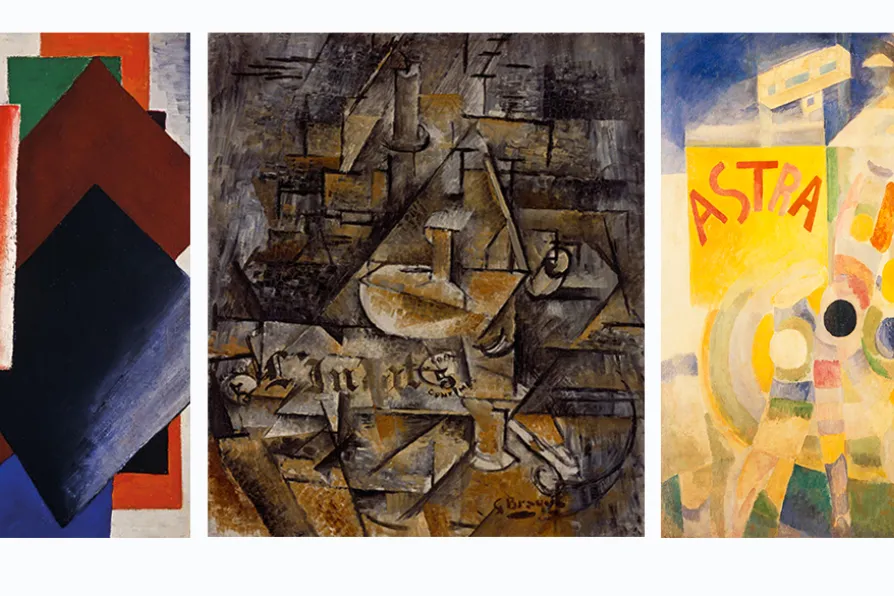RICHARD MURGATROYD enjoys a readable account of the life and meditations of one of the few Roman emperors with a good reputation
Cubism, The Scottish National Gallery of Modern Art
Paintings which changed the way in which we look at the world on show in Edinburgh

 POTENT: (Left to right) Lyubov Popova: Painterly Architectonic, 1916; George Braque: Le Bougeoir (The Candlestick), 1911; Robert Delaunay: L’Equipe de Cardiff (The Cardiff Team), 1922-23
George Braque: Le Bougeoir (The Candlestick) © ADAGP, Paris and DACS, London 2018
[Antonia Reeve]
POTENT: (Left to right) Lyubov Popova: Painterly Architectonic, 1916; George Braque: Le Bougeoir (The Candlestick), 1911; Robert Delaunay: L’Equipe de Cardiff (The Cardiff Team), 1922-23
George Braque: Le Bougeoir (The Candlestick) © ADAGP, Paris and DACS, London 2018
[Antonia Reeve]
THIS compact exhibition packs a potent aesthetic punch. All the principal Cubists are represented, with work that allows a full appreciation of the movement that shook and shaped 20th-century art in all its diverse strands.
With the world in rapid flux, Cubism burst onto the scene around the turn of the 20th century. It challenged established but tired post-Renaissance canons with canvases that communicated simultaneous viewing of the subject from different perspectives.
Similar stories

JOHN GREEN welcomes a remarkable study of Mozambique’s most renowned contemporary artist

MIKE COWLEY welcomes half a century of remarkable work, that begins before the Greens and invites a connection to — and not a division from — nature

While the group known as the Colourists certainly reinvigorated Scottish painting, a new show is a welcome chance to reassess them, writes ANGUS REID

ANDY HEDGECOCK relishes two exhibitions that blur the boundaries between art and community engagement










